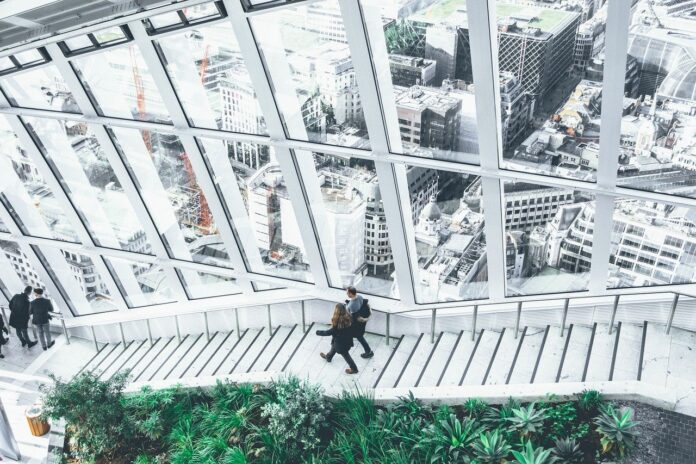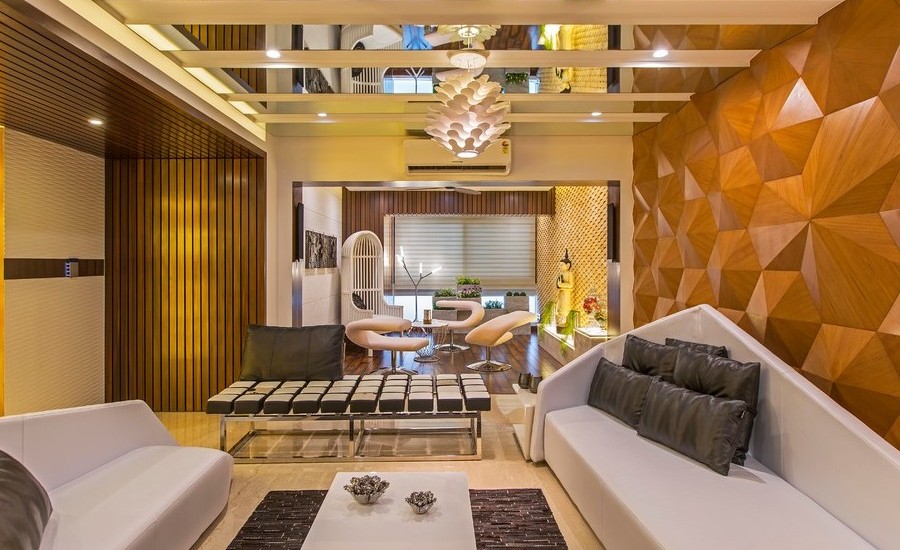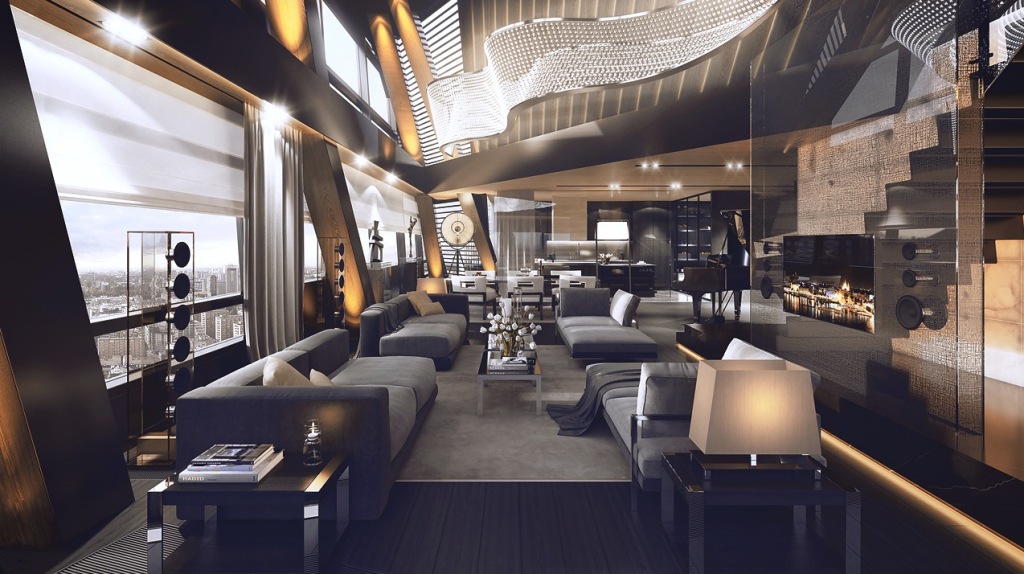Using glass in interior design is one of the most common ways that designers do to open up a space. However, this is not the only thing that makes glass an in-demand design feature. The material has become flexible and versatile through the improvement of glass processing technology such as digital glass printing. This allows designers to come up with creative and specific solutions for a variety of architecture and interior design projects. The different types of glass available in the market provide different needs in both visual aspects and practical function in different projects.
Delve into the overwhelming world of glass and find out the different types and uses of glass in interior design projects with this list.
1. Clear Glass
Clear glass is the most common type of glass. It provides a clear view on both sides and allows 90% of natural light to pass through. This type of glass can be used to create partitions between spaces, construct small glass indoor atriums, and other decorative items such as glass coffee tables and stylish modern desks.
2. Tinted Glass
This type of class has been treated with material or coating. The primary purpose of tinted glass is to reduce the amount of light and solar energy transmitted through it. It comes in a variety of colors but the most common color is neutral gray and blue-green. Tinted glass provides visual privacy during the daytime since they reduce outdoor visibility.
3. Frosted Glass
The use of frosted glass is another way of obtaining visual privacy in design yet allowing natural light to pass through. Primarily, frosted glass is a clear glass that has turned opaque after the process of sandblasting. Because of this, the glass obscures visibility even when light passes through it.
4. Reflective Glass
The reflective glass allows an optimal amount of light into your space. When combined with solar controlling low-E coating, it reflects radiant heat energy which makes it a common glass material used in eco-friendly constructions to reduce the energy consumption of buildings.
5. Patterned glass or textured glass
This type of glass is commonly used as a decorative glass feature. It has patterns and designs embedded on its surface. It provides visual privacy but also allows natural light to pass through. Because of its aesthetic visual appeal, it can usually be seen on entrance double glass doors, restaurants, commercial spaces, shower cubes, and workplace partition walls.
6. Energy-efficient glass
Also known as low-E glass, this type of glass is designed to prevent heat from escaping. Having this kind of glass as your window, for example, improves the energy efficiency of your home and will help you save a lot of money on heating bills. Low-e glass is best used for north or east-facing windows since this is where heat loss is most likely expected.
7. Satin glass
Satin glass can sometimes be confused with frosted glass. The difference between satin from frosted is that it has a smoother finish and is less shiny and more matte than any other type of opaque glass. It is ideally used as a partition wall in commercial spaces and hotel rooms.
8. Security glass
Commonly called “safety glass”, this type of glass can either be laminated or toughened. It has a strong character and is used by designers on stairs and tabletops. If this type of glass breaks, the shattered pieces will stick together which makes it ideal for table surfaces since it doesn’t break with jagged edges thus, preventing injury.
Choosing the right type of glass for a certain structure, room or building is vital for creating a well-designed space. That is why it is important to understand the project, tackle the design problem that needs to be addressed, and know the characteristics of the glass to find the appropriate solution. That way, you can create a solution where both aesthetic and design efficiency coincide harmoniously.




















